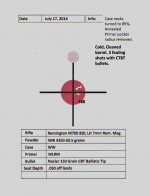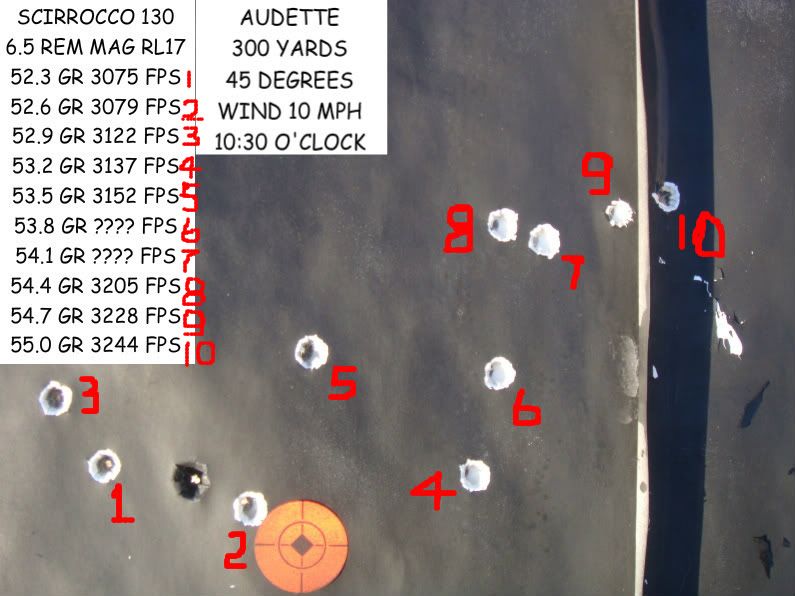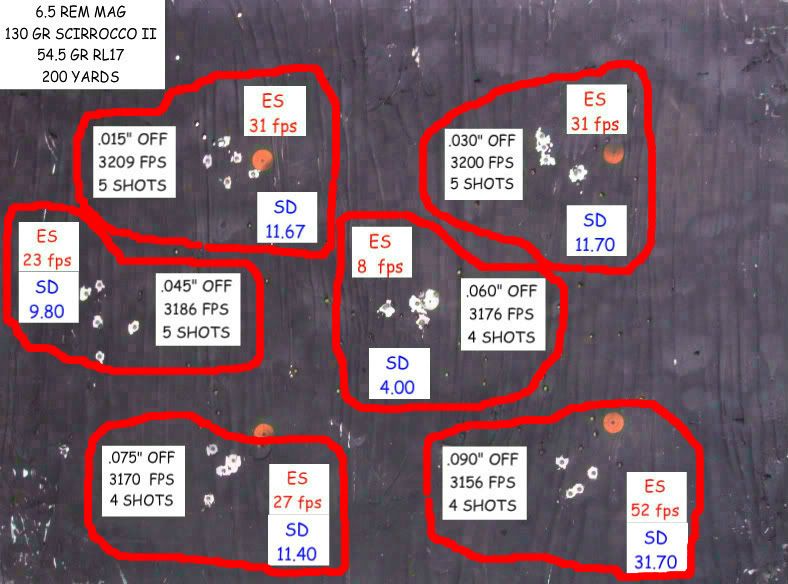TackDriver284
Handloader
- Feb 13, 2016
- 2,948
- 3,184
It may sound like a silly question. As you know seating depths does help tweak a load after finding a node or a nice group. Does taking a shortcut such as loading one round in .4 to .5 increments to find your maximum velocity where you may feel little heavy bolt lift, pressure signs, etc, THEN just stop there and adjust seating depths to tweak that charge to tighten it up or do you need to be in the node to tighten it up? I have seen groups so good and its outside the node, have you?
I have always done load development loading 3 round charges in increments and done well with it, sometimes its frustrating because you may use the wrong powder or bullet and does not shoot worth a darn and wasting bullets /powder and burning barrels.
I have always done load development loading 3 round charges in increments and done well with it, sometimes its frustrating because you may use the wrong powder or bullet and does not shoot worth a darn and wasting bullets /powder and burning barrels.








